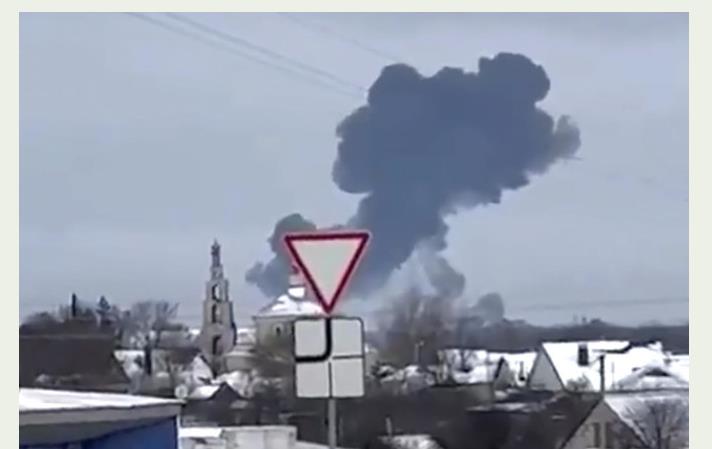
An Ethiopian Airlines Boeing 737 passenger jet to Nairobi crashed early on Sunday, killing 149 passengers and eight crew, the airline said, the same model that crashed during a Lion Air flight in Indonesia in October.
Sunday’s flight left Bole airport in Addis Ababa at 8:38 am (0538 GMT), before losing contact with the control tower just a few minutes later at 8:44 am.
“The group CEO who is at the scene right now deeply regrets to confirm there are no survivors,” the airline tweeted alongside a picture of Tewolde GebreMariam in a suit holding a piece of debris inside a large crater.
Passengers from 33 countries were aboard, said Tewolde in a news conference. The dead included Kenyan, Ethiopian, American, Canadian, French, Chinese, Egyptian, Swedish, British, and Dutch citizens.
The US National Transportation Safety Board will send four people to assist in the fatal crash, an NTSB spokesman said on Sunday.
At Nairobi airport, many relatives of passengers were left waiting at the gate for hours, with no information from airport authorities. Some learned of the crash from journalists.
Kenyan officials did not arrive at the airport until 1:30, five hours after the plane went down.
James Macharia, the cabinet secretary for transport, said he heard about the crash via Twitter.
Flight ET 302, registration number ET-AVJ, crashed near the town of Bishoftu, 62 kilometers southeast of the capital Addis Ababa, the airline said.
“The pilot mentioned that he had difficulties and that he wanted to return. He was given the clearance (to return back),” said Tewolde during his news conference.
The flight had unstable vertical speed after takeoff, said flight-tracking website Flightradar24 on its Twitter feed.
The aircraft had shattered into many pieces and was severely burnt.
The airline had earlier incorrectly identified the plane’s model number, but later confirmed it was a 737 MAX 8.
It’s not clear what caused the crash. Boeing sent condolences to the families and said it was ready to help investigate.
“A Boeing technical team is prepared to provide technical assistance at the request and under the direction of the US National Transportation Safety Board,” the company said in a statement.
This is the second recent crash of the relatively new 737 MAX 8, the latest version of Boeing’s workhorse narrowbody jet that first entered service in 2017.
The same model crashed into the Java Sea shortly after take-off from Jakarta on Oct 29, killing all 189 people on board the Lion Air flight.
The cause of that crash is still under investigation. A preliminary report issued in November, before the cockpit voice recorder was recovered, focused on airline maintenance and training and the response of a Boeing anti-stall system to a recently replaced sensor, but did not give a reason for the crash. A final report is due later this year.
The plane is the latest version of the 737, the world’s best selling modern passenger aircraft and one of the industry’s most reliable.
Under international rules, responsibility for leading the crash investigation lies with Ethiopian authorities, while the US National Transportation Safety Board (NTSB) will automatically take part because the Boeing aircraft was designed and built in the United States.
Investigators will seek to secure the crash site and collect evidence starting with black boxes capturing cockpit conversations and data, while compiling records on recent operations of the plane and the crew.
Representatives of Boeing and Cincinnati-based engine-maker CFM, a joint venture between General Electric and General Electric Co and France’s Safran SA will advise the NTSB.
Ethiopian is one of the biggest carriers on the continent by fleet size. It said previously that it expected to carry 10.6 million passengers last year.
New Prime Minister Abiy Ahmed has been promising to open up the state-owned airline to domestic and international investors.
The crash comes as Ethiopian has been snapping up stakes in small carriers around the continent to pre-empt potential rivals and become the dominant pan-African airline.
Its last major crash was in January 2010, when a flight from Beirut went down shortly after take-off, killing all 90 people onboard. The Lebanese blamed pilot error, which was disputed by the airline.








